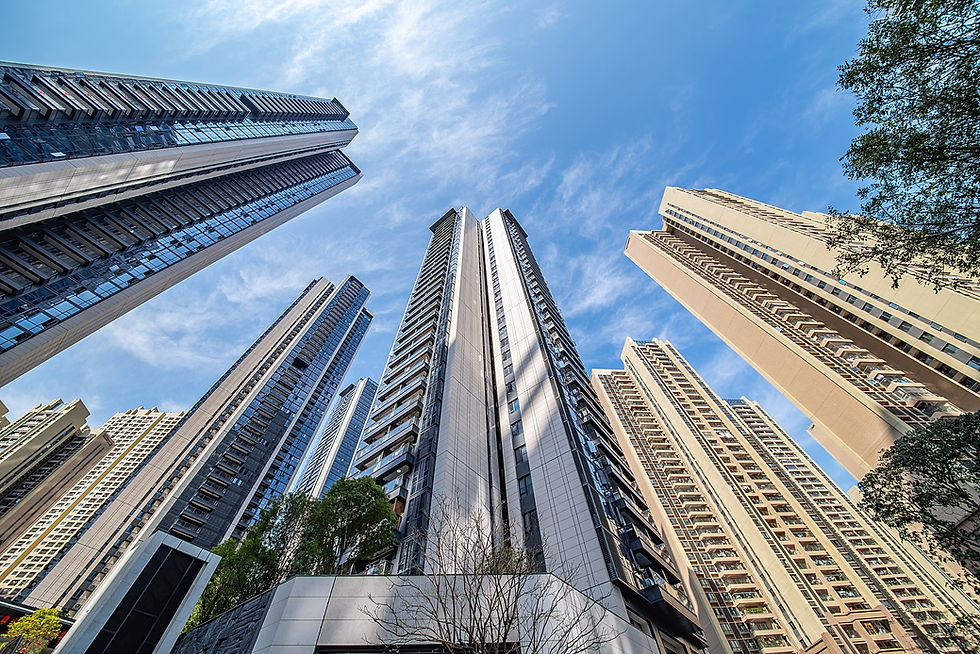How Population Growth Drives Demand in Commercial Real Estate
- marketing08413
- Aug 6
- 2 min read
Population growth is one of the most significant catalysts for increased demand in the commercial real estate (CRE) sector. As communities grow, so does the need for the infrastructure, services, and spaces that support daily life. For investors, developers, and CRE professionals, understanding the link between demographic expansion and property demand is key to identifying opportunity and staying ahead of market trends.
More People, More Services
As the population of a city or region increases, so does the demand for essential services and amenities. This directly impacts several key commercial real estate asset classes:
Retail Spaces: More residents mean a greater need for grocery stores, restaurants, and retail shops to meet everyday needs.
Office Space: As job opportunities expand to support a growing population, the demand for office environments—especially flexible, modern workspaces—follows suit.
Healthcare Facilities: Medical offices, urgent care clinics, hospitals, and wellness centers are increasingly in demand as communities grow.
Educational Buildings: A growing population typically includes more families, resulting in increased demand for schools, tutoring centers, and early childhood education facilities.
Multifamily Housing: Higher population density leads to demand for residential developments, especially near employment hubs and transit-accessible areas.
Urbanization and Development Opportunities
Population growth often sparks urban expansion and redevelopment. As cities adapt to accommodate more residents, developers and planners turn to solutions that maximize land use and enhance livability:
Mixed-Use Projects: These developments combine residential, retail, office, and entertainment space in one cohesive environment, often in walkable urban centers.
Redevelopment of Underutilized Properties: As demand rises, older or underperforming properties become prime candidates for redevelopment into higher-use or more modern facilities.
Transit-Oriented Developments: Proximity to public transportation becomes increasingly valuable, encouraging investment in projects located along major transit corridors.
Investor Confidence and Long-Term Growth
A growing population also boosts investor confidence. Increased foot traffic and a larger customer base enhance the appeal of commercial properties, leading to:
Higher Occupancy Rates: Businesses are more likely to lease space in growing communities with expanding consumer bases.
Rising Property Values and Lease Rates: Demand outpacing supply often drives up both property values and rental income potential.
Sustainable Investment Opportunities: Long-term growth patterns offer stable, predictable returns for investors willing to align their strategies with demographic trends.
A Foundation for Opportunity
In essence, population growth lays the foundation for broader economic development—and commercial real estate evolves alongside it. By meeting the needs of growing communities, the CRE industry plays a critical role in shaping the future of cities and supporting vibrant, sustainable economies.
For those in the industry, monitoring population trends is more than a data point—it’s a roadmap for where the next wave of opportunity lies.
Written by LevRose CRE with assistance from: LevRoseCRE.(2024)
ChatGPT [Open AI]. https://chat.openai.com/



